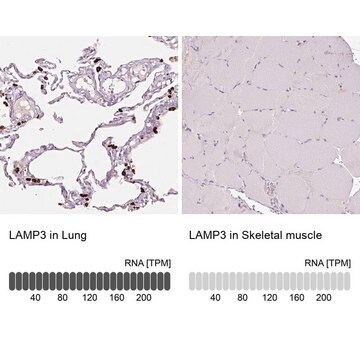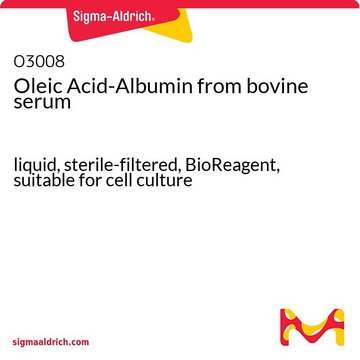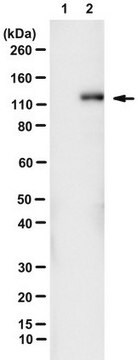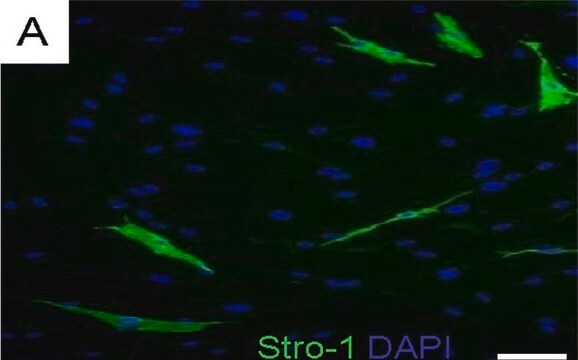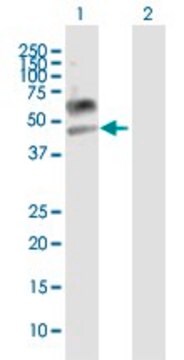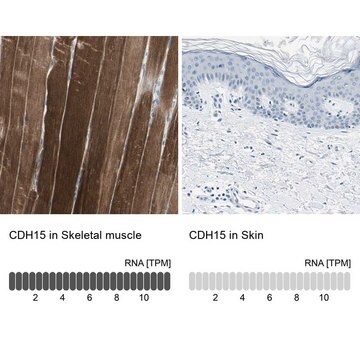MABC44
Anti-LAMP-3 Antibody, clone 16H11.2
clone 16H11.2, from mouse
Synonim(y):
LAMP, CD208, LAMP-3, DC-loysosome-associated membrane glycoprotein, DC LAMP, DC-LAMP, Protein TSC403
About This Item
Polecane produkty
pochodzenie biologiczne
mouse
Poziom jakości
forma przeciwciała
purified immunoglobulin
rodzaj przeciwciała
primary antibodies
klon
16H11.2, monoclonal
reaktywność gatunkowa
human
metody
immunohistochemistry: suitable
western blot: suitable
izotyp
IgG2bκ
numer dostępu NCBI
numer dostępu UniProt
Warunki transportu
wet ice
docelowa modyfikacja potranslacyjna
unmodified
informacje o genach
human ... LAMP3(27074)
Opis ogólny
Immunogen
Zastosowanie
Cell Structure
Apoptosis - Additional
Organelle & Cell Markers
Jakość
Western Blot Analysis: 1 µg/mL of this antibody detected LAMP-3 in MCF-7 cell lysate.
Opis wartości docelowych
The calculated molecular weight of this protein is 41 kDa, but has been observed at ~65-90 kDa due to glycosolation (de Saint-Vis, B., et al. (1998). Immunity. 9(3):325-336).
Postać fizyczna
Przechowywanie i stabilność
Komentarz do analizy
MCF-7 cell lysate
Inne uwagi
Oświadczenie o zrzeczeniu się odpowiedzialności
Nie możesz znaleźć właściwego produktu?
Wypróbuj nasz Narzędzie selektora produktów.
Kod klasy składowania
12 - Non Combustible Liquids
Klasa zagrożenia wodnego (WGK)
WGK 1
Temperatura zapłonu (°F)
Not applicable
Temperatura zapłonu (°C)
Not applicable
Certyfikaty analizy (CoA)
Poszukaj Certyfikaty analizy (CoA), wpisując numer partii/serii produktów. Numery serii i partii można znaleźć na etykiecie produktu po słowach „seria” lub „partia”.
Masz już ten produkt?
Dokumenty związane z niedawno zakupionymi produktami zostały zamieszczone w Bibliotece dokumentów.
Nasz zespół naukowców ma doświadczenie we wszystkich obszarach badań, w tym w naukach przyrodniczych, materiałoznawstwie, syntezie chemicznej, chromatografii, analityce i wielu innych dziedzinach.
Skontaktuj się z zespołem ds. pomocy technicznej
